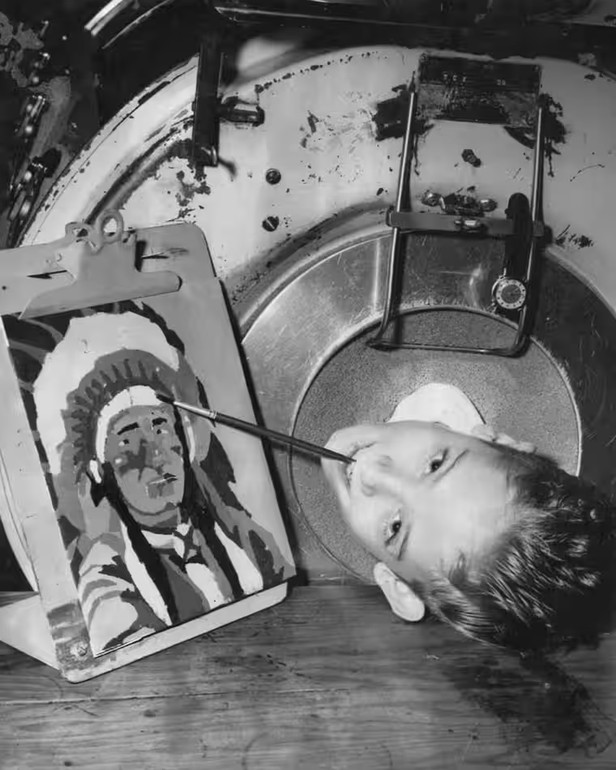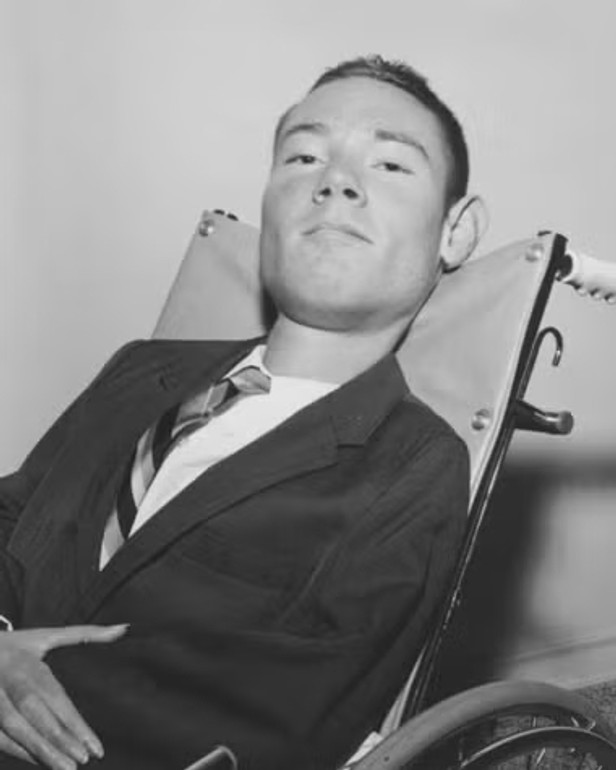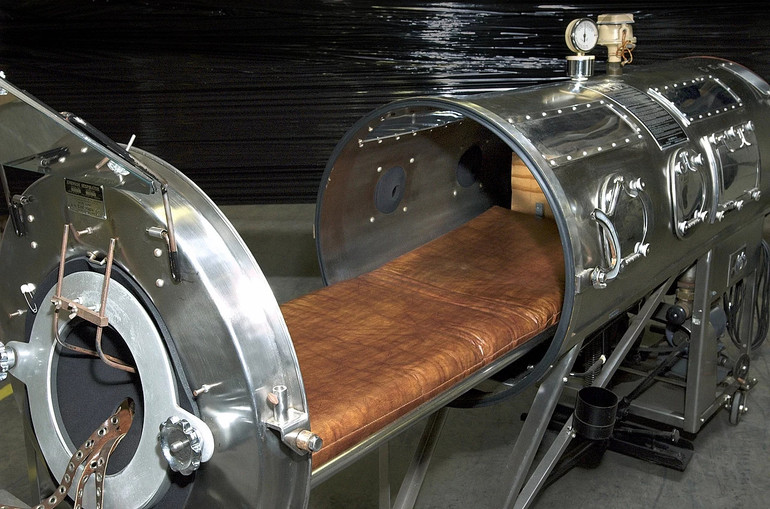A man who spent 70 years in a metal “iron lung” device has died
[ad_1]
Paul Alexander, a lawyer who spent more than 70 years in an “iron lung” apparatus due to childhood polio, died in the USA.
Paul was 78 years old. He was the last patient who lived in an “iron lung” – a metal cylinder for the whole body that provided artificial respiration.
He has been breathing with the help of a huge machine since he was six years old. However, this did not prevent him from entering the university, becoming a lawyer and a writer, he writes Sky.News.
The news of the death was announced by human rights activist Chris Ulmer on the GoFundMe platform, where Paul’s relatives raised funds for his treatment after his condition worsened in recent years.
“I am grateful to everyone who has donated for my brother. It has allowed him to live his last few years without stress. It will also help pay for his funeral at this difficult time.”said the deceased’s brother Philip.
The story of “the man in the iron lungs”
Photo: Three Minutes For A Dog/Facebook
Paul Alexander contracted polio in the summer of 1952, when he was 6 years old, says The Guardian. In a few days, the boy could no longer walk and was suffocating.
He was rushed to the hospital, where one doctor said that it was impossible to help the child, and another dared to perform an emergency tracheotomy.
Paul woke up inside a metal cylinder, where he spent the rest of his life. For 18 months, the boy could not speak or move. In the ward, many children died of polio before his eyes.
Paul eventually recovered, but the virus left him almost completely paralyzed from the neck down. “Iron lungs” did what his diaphragm could not do.
The boy had to constantly lie on his back with his head on a pillow, and his body from the neck down was in a cylinder. As the medics opened the machine to wash him, Paul held his breath.
The boy studied with a physiotherapist, learned to read, drew with the help of his teeth, and gradually was able to breathe on his own for a few minutes at a time.
Even later, he could leave the device for several hours, using a plastic stick and a handle attached to it to press the keyboard.

The Guardian/Paul Family Archive
Father often took Paul to church in a wheelchair, and faith in God helped the boy morally. As a teenager, friends helped Paul to visit cinemas and cafes.
At age 21, Paul became the first student to graduate from high school in Dallas by distance learning. After that, he earned a bachelor’s degree and a doctorate in law from the University of Texas at Austin, and worked as an attorney for 30 years.
When he represented clients in court, his body was kept upright by a modified wheelchair.
Paul told reporters that he was very nervous at the beginning of his studies at the university, because he was the only student with a disability. Dormitory friends and caregivers helped the man with household chores.
“There wasn’t a single person with a disability on campus, I was alone. Wherever I went, I was alone. I was just making my own way. I was always fighting.” – said the man.
Later, Paul met a girl named Claire. They fell in love and got engaged, but the girl’s mother prevented the marriage.
When Paul called Claire, the mother wouldn’t let them talk and told him never to talk to her daughter again. “It took me years to get over it” Paul recalled.

the guardian
When more modern ventilators began to be used, Paul had already become accustomed to life in his cylinder. The man did not want to go through the operation again and “have a hole in his throat”, so he remained in the “iron lung”.
Everyone who spoke to Paul described him as a very talkative and cheerful man. He liked to joke, answered all questions about the disease, and called the big cylinder “iron horse”.
Paul later wrote the story of his life in a book called “Three Minutes For A Dog”. The man was inspired to write this book by his carer, Cathy.
His main goal was to remind people about the horrors of the polio epidemic – he wanted people not to forget about the dangers of this disease.
The man outlived many of his friends, survived the COVID-19 pandemic, and his condition worsened in recent years. He developed a chronic respiratory infection, and his legs hurt when he moved.
“His story traveled around the world, positively influencing people. Paul was an incredible role model that we will always remember.” – said human rights activist Chris Ulmer.

CDC/GHO/Mary Hilpertshauser
As a reminder, the “iron lung” is a mechanical respirator with negative pressure that covers most of the human body and changes the air pressure in a closed space to stimulate breathing.
This device first appeared in 1928 at Harvard. The inventors, engineer Philip Drinker and physiologist Louis Shaw, came up with it after seeing the suffering of children in the polio ward.
The “Iron Lung” was meant to be used for a maximum of two weeks to give the body a chance to recover. The most difficult patients usually ended up in the apparatus.
In 1952, the Danish anesthesiologist Bjorn Ibsen proposed positive pressure ventilation (at that time, air was manually pumped into the lungs of patients). The ventilator systems we know now are based on the principle of positive ventilation.
In 1955, the polio vaccine appeared, which saved thousands of children and reduced the incidence rate in the United States. The last “iron lungs” were produced in the late 1960s.
[ad_2]
Original Source Link











